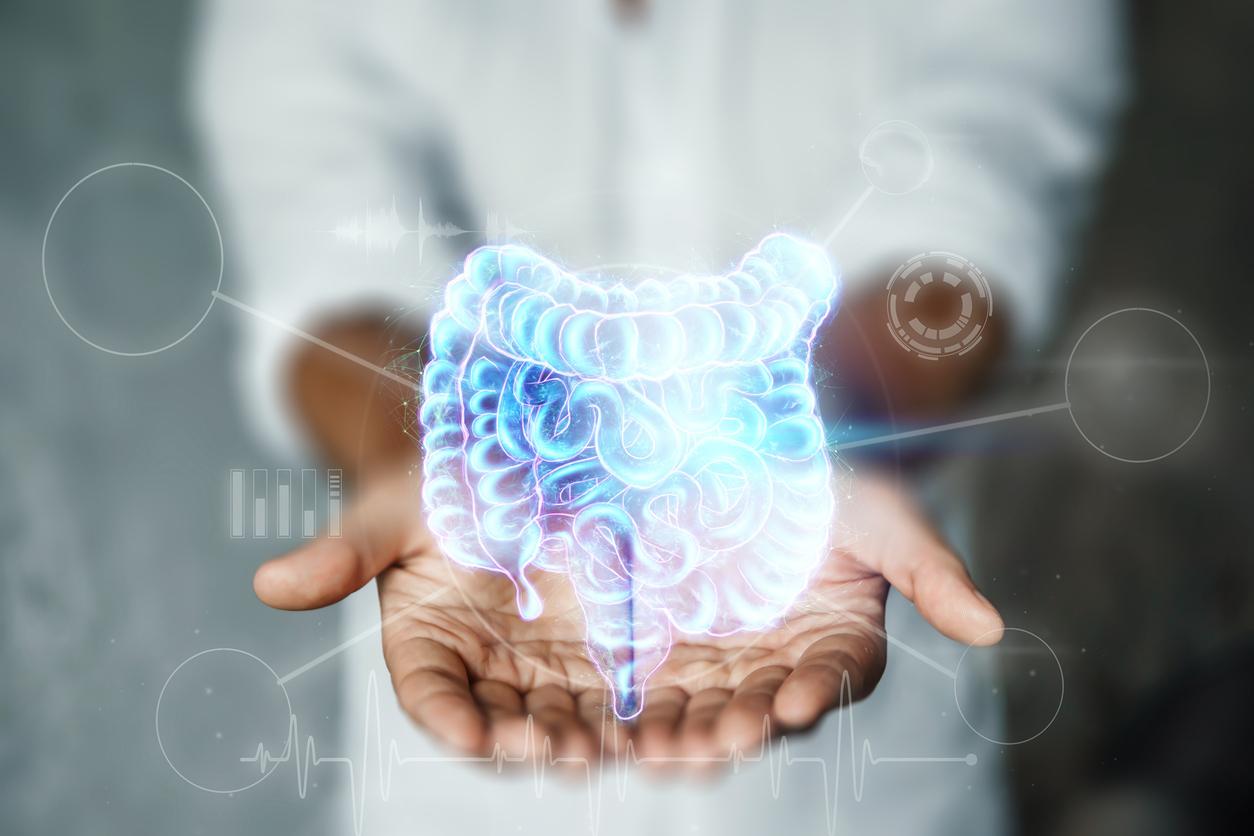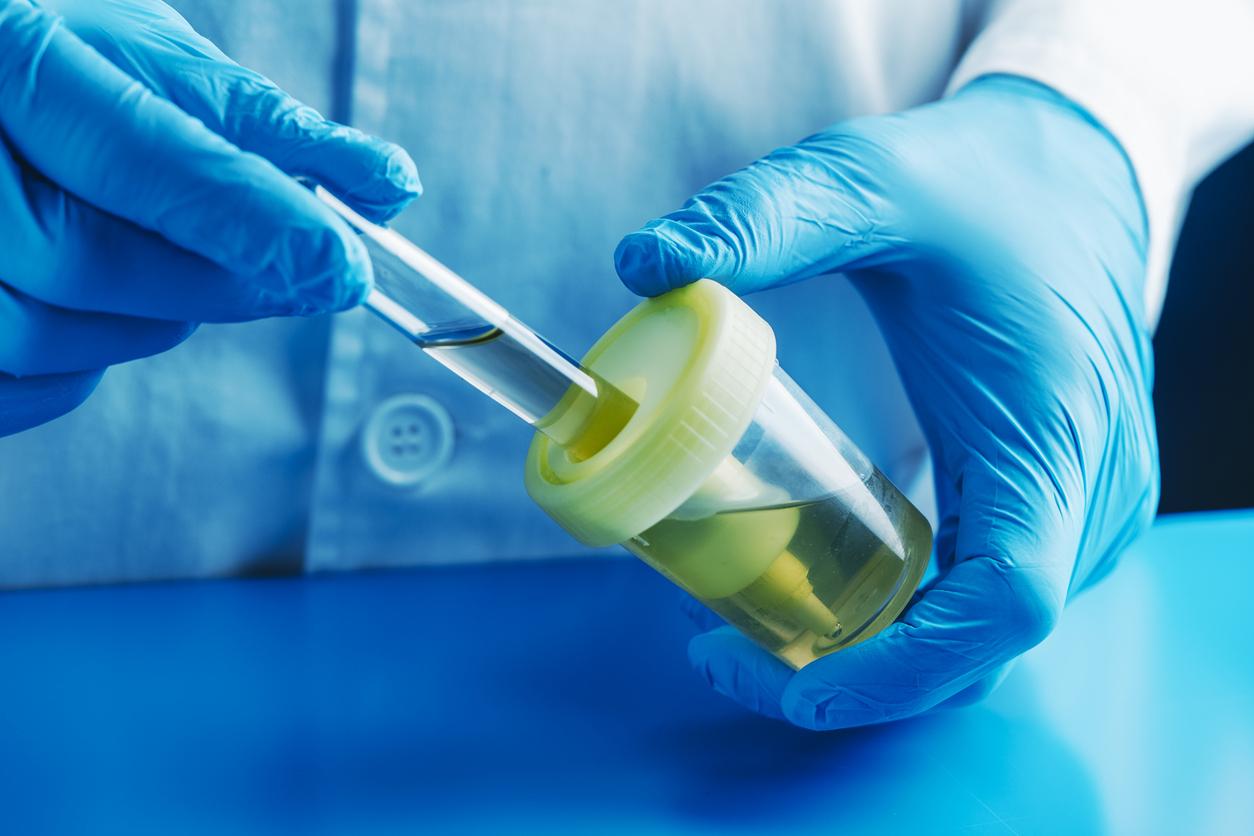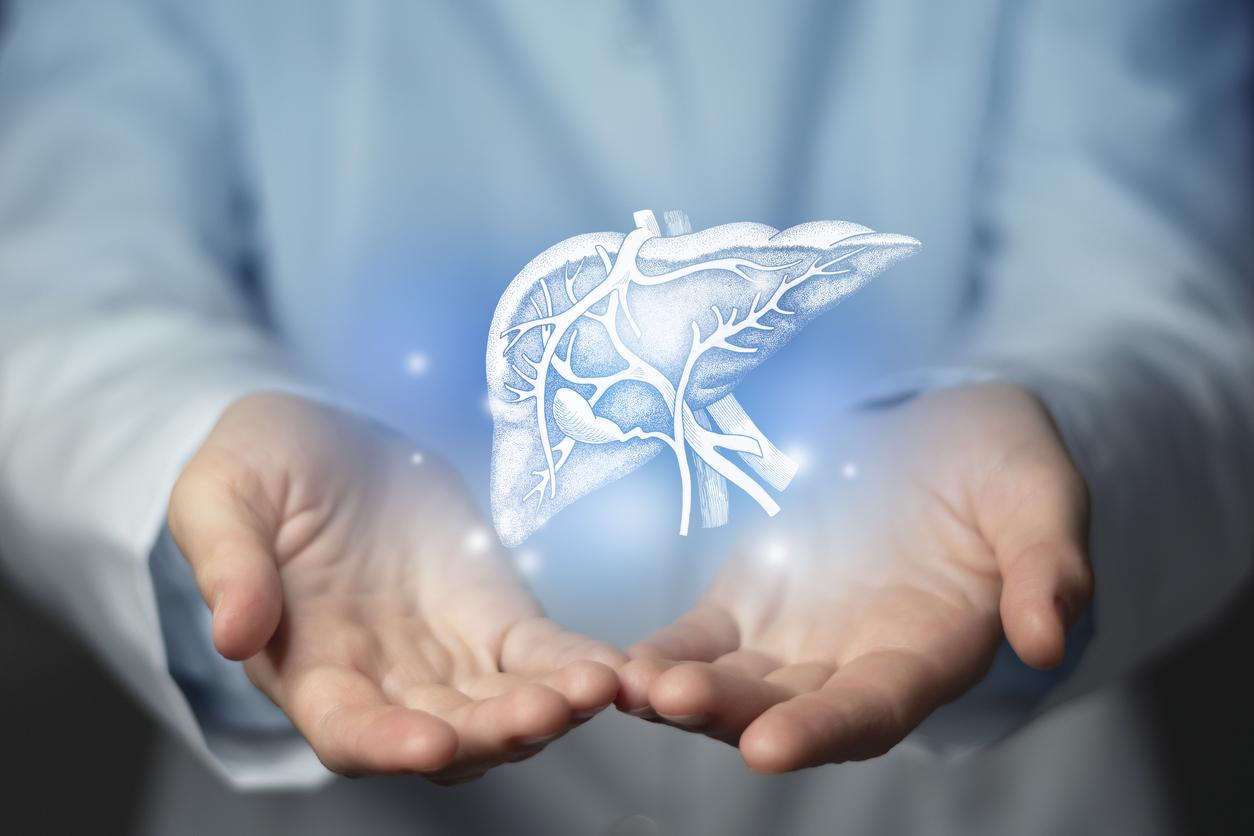Cases of infection have been increasing among children since the beginning of February. This is how enterohaemorrhagic Escherichia coli evade the body’s immune response.
-1610038562.jpg)
- Enterohaemorrhagic Escherichia coli produce a verotoxin, called shiga-toxin.
- This toxin allows it to neutralize the immune response of the body.
- It is this neutralization of the immune response that causes bloody diarrhea
Food poisoning caused by Escherichia coli is one of the worst ever. It occurs most often when the rules of hygiene are not respected, both for meat and for vegetables. Researchers at the University of Connecticut (USA) have discovered that the inconvenience caused by Escherichia coli could only be unintended side effects. The results of their study were published in the journal Science Immunology.
Products soiled with faeces
Escherichia coli constitutes a varied family of intestinal bacteria, more or less virulent, which are found in feces. Thus, many types of Escherichia coli never make us sick; other varieties may cause traveller’s diarrhea. Among them, contamination by Escherichia coli enterohaemorrhagic disease (EHEC) induces abdominal pain, vomiting, fever and diarrhea which may be bloody. In addition, enterohaemorrhagic Escherichia coli produces a verotoxin called shiga-toxin (because it resembles the toxin produced by Shiga Bacillus), which destroys the wall of blood vessels, causes clotting problems as well as high blood pressure. according to the Pasteur Institute. If shiga-toxin unfortunately enters the bloodstream, it can cause kidney failure.
“This is especially common in children; approximately 15% of children with infections Escherichia coli toxin-producing Shiga suffer from kidney disease, and some may suffer from long-term kidney damage“, noted Sivapriya Vanaja, immunologist at the University of Connecticut.
L’Escherichia coli enterohaemorrhagic disease normally lives in cattle without making them sick. It used to be relatively common for outbreaks of EHEC to come from unhygienically prepared ground meat, but stringent slaughterhouse regulations have made this less common. Today, EHEC is more likely to appear on vegetables grown in fields adjacent to livestock or near manure runoff.
Shiga toxin as a defense mechanism
In any case, once infected, it is very difficult to get rid of it.Escherichia coli enterohaemorrhagic. This bacillus is resistant to antibiotics, which even tend to aggravate the situation since when the bacterium feels itself dying, it produces more shiga-toxins. It is for this reason that the researchers wanted to know how EHEC suppresses the effects of the immune system.
Normally, the body reacts to the early stages of infections with Escherichia coli by activating an enzyme that triggers an alarm inside the cells. The cell bursts open and releases a cloud of molecules that call on other parts of the immune system to fight the bacteria. Except that in the case of EHEC, the immune response is quickly countered; the researchers found that EHEC-infected cells that lacked the shiga-toxin gene mounted a stronger immune response than normal EHECs.
Ultimately, the suppression of the immune system by shiga-toxin could have something to do with the “bloody” side of the infection, as shiga-toxin prevents a protein from opening up the infected cell and alerting the body to the infection. ‘infection. Now that researchers have understood how shiga-toxin interferes against the immune system, their next research will be to figure out how to prevent the harm of this toxin.
.















